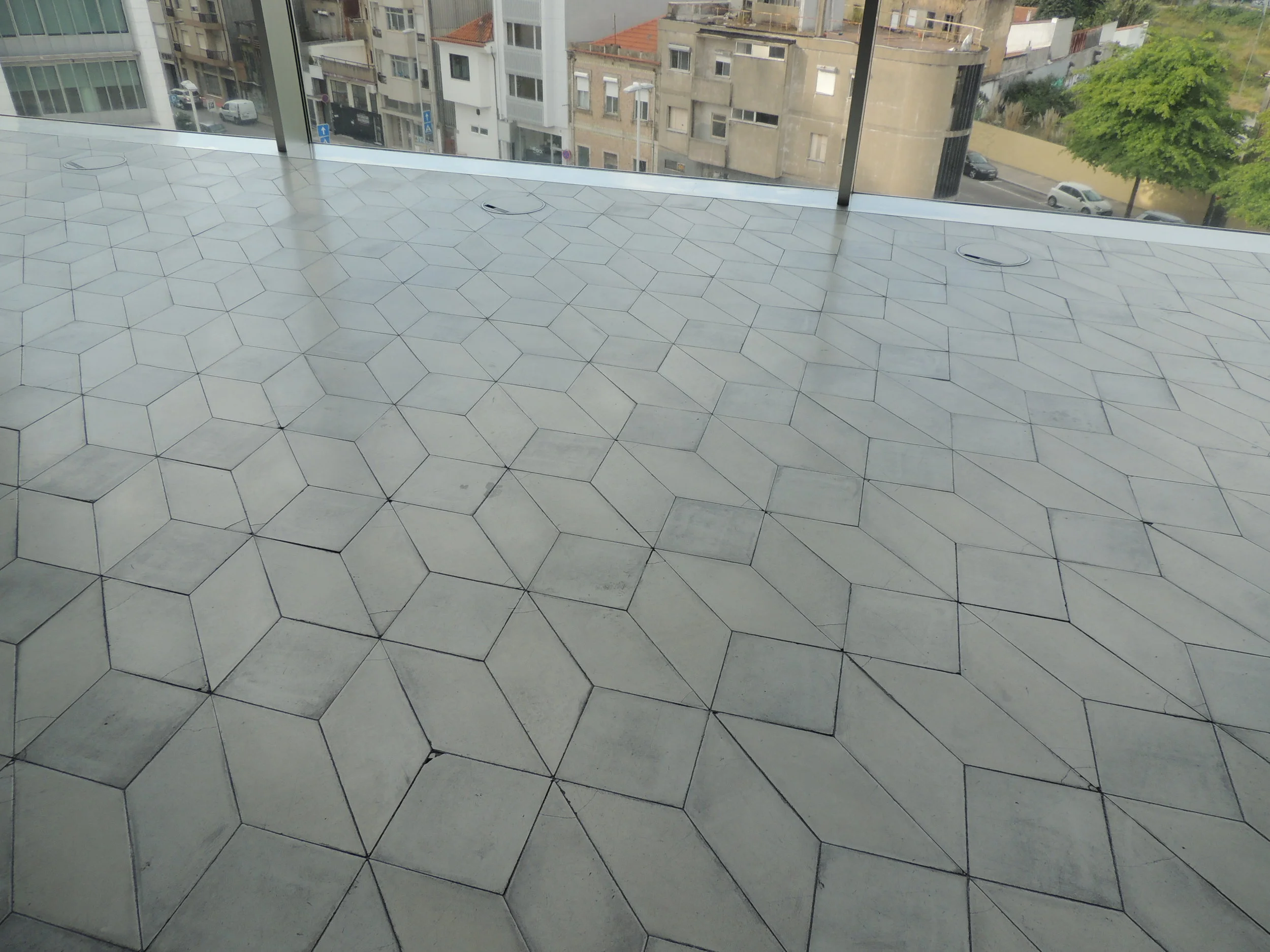Anyone for a Game of Chemical Whack-a-Mole?
/Dr Anna Young presents compelling graphics in her “Our Global Chemical Experiment” discussion. Young is a researcher with the Healthy Buildings Program at Harvard’s T.H. Chan School of Public Health
I recently tuned in to Our Global Chemical Experiment, a presentation of Dr Anna Young’s research on measuring our exposure to harmful chemicals in office and classroom settings. Dr Young works with the Healthy Buildings Program at Harvard’s T.H. Chan School of Public Health, and her findings are worth noting. By eliminating entire classes of chemicals of concern, we can avoid the whack-a-mole that results from unknowingly opting for a regrettable substitution—a material or product with worse (and TBD) health impacts than a single well-documented CoC. A good example is the movement to eliminate PFOS-based stain repellants. But to avoid PFOS in favor of its close cousin (and potentially even scarier) PFHxA is to compound the problem. Because PFHxA is a newer compound, we know less about its health and environmental implications. PFAS of all stripes have been linked to cancer, low birth weight, immune dysfunction, and endocrine disruption, and they degrade very slowly, if ever. PFAS are thus now pervasive in the ground water and soil in many communities—which means they can also be detected in measurable amounts in humans. A better approach is to avoid PFAS altogether.

